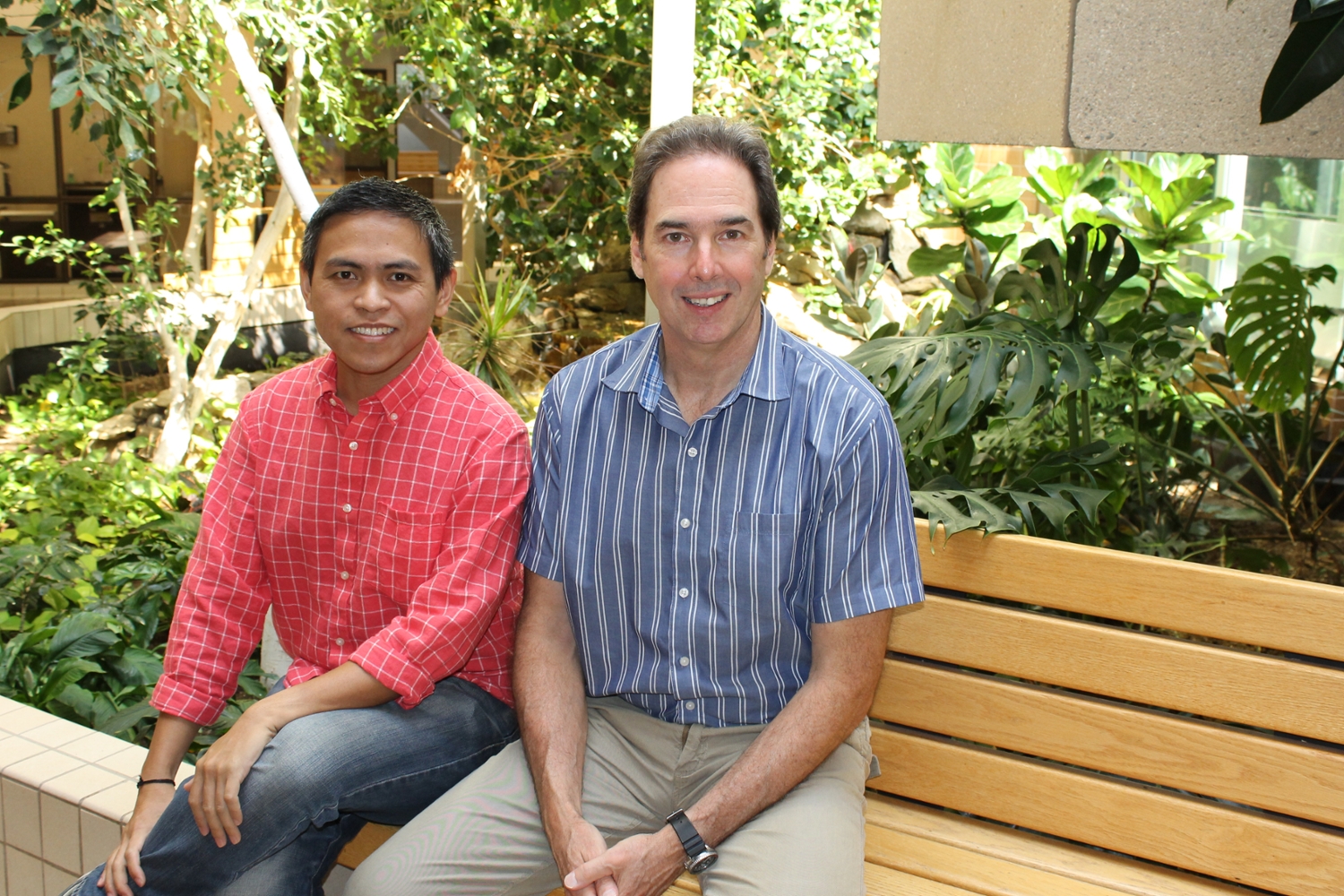
Making a splash in Nature
A GIWS PhD student's findings in Nature lend new insight into the water cycle.
Although only in his second year as a PhD student, Jaivime Evaristo is making a splash in the world of water research.
The U of S School of Environment and Sustainability (SENS) student is the lead author on a paper published in the September 3 issue of Nature that sheds new light on how water moves through soil to nourish plants, recharge water stocks and discharge in streams.
“The prevailing view in the field assumes that beneath the soil surface lies one huge tank where all water ‘meets, greets, and mixes’,” said Evaristo. In fact, his research shows that around the world, water is compartmentalized, with plants using soil water that does not contribute to groundwater recharge or stream flow.
Evaristo’s work involved using the scientific equivalent of crowd sourcing to collect data from 47 study sites around the world and using that data to calculate the extent of ecohydrological separation between plant water and groundwater. The area the researchers studied is known as the ‘critical zone’, which is the layer of the Earth’s surface where biology and hydrology meet the most.
“We call this separation between plant water and groundwater the two water worldshypothesis,” said Evaristo.
Evaristo’s research follows that of his supervisor and co-author Jeffrey McDonnell, SENS professor and associate director of the Global Institute for Water Security at the U of S. In a paper published in 2010, McDonnell and colleagues first challenged the single-mixing-tank model, tracking for the first time the isotope composition of mobile and immobile water at the watershed scale.
Evaristo and McDonnell collaborated with Scott Jasechko, an assistant professor at the University of Calgary, for the Nature study to test if what McDonnell had previously found was localized to his study sites, or ubiquitous in nature. What they discovered was the latter.
“Jaivime’s PhD findings have the potential to change how we view the hydrological cycle – from what we teach in grade 10 science to academic research in related ecosystem and soil biogeochemical studies. It’s a huge finding,” said McDonnell. “I’m very impressed with the quality of Jaivime’s work on challenging current theories. It speaks to the caliber of water research undertaken at the U of S and the quality of the SENS graduate program.”
The team hopes that its findings help improve the hydrological models planners rely on when projecting water resources and the potential problems that occur as water moves through the landscape, like groundwater contamination, flooding and drought.
You can read the Nature article here.
